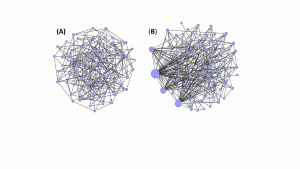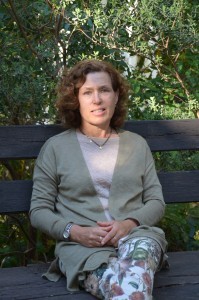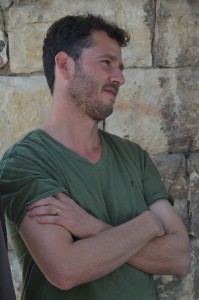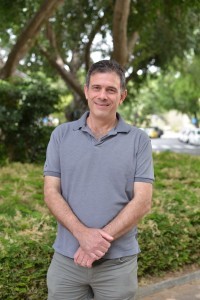The Improvising Cell
Researchers at the Technion and Weizmann Institute present a new model describing biological adaptation to unforeseen challenges
A study published in the journal Nature Communications presents a new model of how cells and organisms adapt to the environment: improvising new responses in the face of unforeseen challenges.
The authors, researchers from the Technion and Weizmann Institute, based their study on an original gene regulatory network model.
“Biological systems can cope not only with routine events but also with unforeseen ones,” explains Prof. Naama Brenner from the Technion Department of Chemical Engineering. “The capacity to adapt to unexpected challenges and changes indicates that beyond the “toolbox” that it has developed in the course of evolution, the organism is also equipped with the ability to improvise; in other words, the organism is a learning system capable of providing an ad hoc response to new situations.”
Prof. Brenner studied this learning ability at the microscopic level with doctoral student Hallel I. Schreier from the Interdisciplinary Program of Applied Mathematics at the Technion and Prof. Yoav Soen from Weizmann Institute. According to Prof. Brenner, “The basis for our calculations is a network model that describes the organism’s capacity to adapt to the changing environment.”
Biological systems, unlike engineering systems, are the product of evolution and are capable of repairing themselves and evolving. They are not planned in advance but develop on the fly in response to new challenges and changes. According to Prof. Brenner, “the biological cell has a huge number of degrees of freedom with which it improvises, and it is capable of initiating processes of self-organization in response to new and unfamiliar situations.”
Insisting on basic science
Prof. Brenner heads one of the Network Biology Research Laboratories at the Lorry I. Lokey Interdisciplinary Center for Life Sciences & Engineering. “Our goal is to promote interdisciplinary science that explores the various biological systems and phenomena: synapses, neural networks, genetic networks, multi-cellular organism development, populations, evolution, and more. We are living in a fascinating era – life science and research technologies are developing rapidly. In fact these technologies, such as genome sequencing, are more advanced than our ability to understand the information that they provide. Therefore, we have a lot of work to do: to develop theories and conceptual frameworks to understand the experimental results. It is difficult and challenging to acquire an in-depth understanding beyond statistical correlations that might be of applied value. We, as scientists in academia, have the right and the responsibility to insist on basic science.”
Prof. Brenner completed her BSc at Hebrew University (Physics, Mathematics and Computer Science) and went on to earn her PhD at the Technion Faculty of Physics, under the guidance of Prof. Shmuel Fishman. After her doctorate she decided to switch to the life sciences and did her postdoc out under Professors Bill Bialek and de Ruyter van Steveninck at NEC Laboratories – a private research institute located in Princeton, New Jersey. There she entered the field of Computational Neuroscience. She subsequently worked for three years in InSightec, an Israeli company that has developed a noninvasive surgery technology – tumor removal using a beam of focused ultrasound waves. In 2001, she was invited by the Technion Department of Chemical Engineering to take part in a joint undergraduate program with the Faculty of Biology. “Here I began to study genetic regulatory networks in yeast with Prof. Erez Braun, my former teacher in a biophysics course, who had originally initiated my interest in the biology. This was an amazing time – we made a new discovery every week. My work with Professor Braun, and the experiments on flies conducted by Prof. Soen, revealed the ability of cells and organisms to adapt to the changing environment through improvisation. These experiments provided the inspiration for the current theoretical work on adaptation in regulatory networks.
At the same time, Prof. Brenner participates in a project for studying the evolution of microbial communities using a new technology – growing bacteria in micro-droplets. In this project, the researchers are trying to develop an “evolution machine” that would allow them to monitor in the lab evolutionary processes involving interactions between cells within a droplet and between populations growing in adjacent droplets. This project is carried out in collaboration with three other research groups in Europe and New Zealand, and funded by the Human Frontier Science Program (HFSP).
Paper is online!!! – Here is the link

Networks with homogeneous (A) and heterogeneous (B) structure used in the study on exploratory adaptation. In homogeneous networks, each node affects several others and no coherence is achieved, therefore exploration does not converge. In heterogeneous networks, a few large “hubs” (larger sized circles) dominate the dynamics and lead the network towards convergence in exploration.





